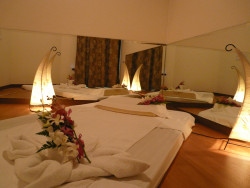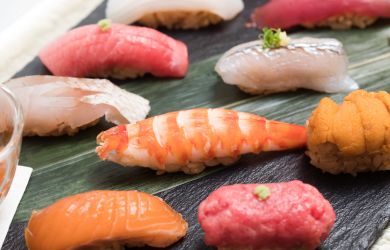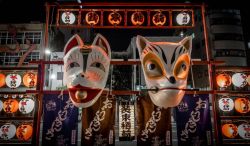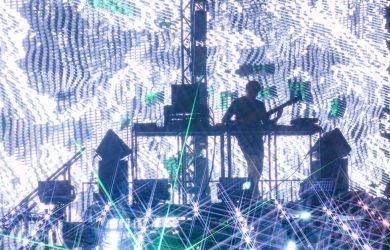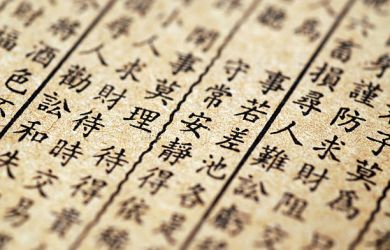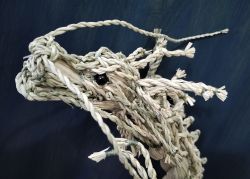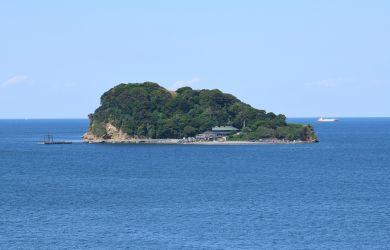
Originally published on metropolis.co.jp on November 2009

Photos Courtesy of Systema Japan
If it looks like a duck, walks like a duck and quacks like a duck, it must be a duck—as the saying goes. So when a Tokyo training session for Systema, the “Russian Martial Art,” features 20 formidable-looking men and one brave woman wrestling on mats, striking with daunting power and speed, and sweating through a seemingly endless variety of combat drills, the obvious conclusion is that this must be a fearsome self-defense training system. Yet visitors may also be struck by the playful atmosphere, the supportive partner work, and the variety of breath training insights that the instructors provide for their “fighters.” All this feels… different.

Unlike karate, with its standardized forms and kata, Systema lacks a fixed inventory of fighting techniques: rather, every movement is a spontaneous response. Yet there’s no arguing that the discipline is a martial art, as anyone who has stepped on the mat with Vladimir Vasiliev can attest. The former Spetsnaz (Russian Special Forces) hand-to-hand combat trainer founded Systema’s first overseas school in 1993, and now works as its head instructor from his base in Toronto.
Vasiliev’s fluid-yet-forceful movements have attracted the attention of martial artists worldwide, with many becoming fans of his integration of street smarts and full-contact striking power with the fluidity of so-called “internal” martial arts, like tai chi and aikido. Vasiliev has overseen the creation of training venues in dozens of cities around the world, from New York to Johannesburg.
Systema is more than a self-defense method: the combat skills it teaches are founded on a broader emphasis on breath and relaxation training. “The breath training was developed to overcome panic, fatigue, pain and injury in an emergency situation—like a fight, an accident, or illness,” explains Scott McQueen, one of the head instructors at Systema Japan. “But we use it most often for daily life challenges like stress reduction, smoothing human relations, and even for calmly threading a needle.” Systema’s full curriculum includes underwater fighting, survival in crowds and mobs, bodyguarding, improvised weapons, and defense against weapons and carjacking, in addition to health enhancement methods such as massage.
The senior instructors spreading Systema worldwide have inherited an ancient martial legacy, which evolved in response to repeat foreign invasions of Russian soil (think Vikings, Mongols, Napoleon and Hitler). Over time, locally developed methods of hand-to-hand combat were fused with hesychasm, the rigorous breath control discipline practiced for centuries in secluded Russian Orthodox monasteries. The practice was further refined in the 20th century by select Spetsnaz units, including those commanded by Army Colonel Mikhail Ryabko, who would go on to teach Vasiliev.
The prime movers behind the launch of Systema Japan are long-time Tokyo residents McQueen and Andrew Cefai. While both have substantial experience in traditional Japanese martial arts, one look at Vasiliev’s masterful video demonstrations was enough to propel them to Canada to learn from the man himself, and then to Russia for training at Ryabko’s Moscow school. The Tokyo outpost was founded in 2004, and it has since grown rapidly—hundreds of Japanese and foreign students have flocked to seminars offered by the most senior Systema masters, including Vasiliev and Ryabko.

Most of the training observed at a recent evening class in Takadanobaba is done in subgroups of two or three partners. Students do pushups with their fists pressed into a supine classmate; groups of three students perform full squats in a shoulder embrace, while others squirm out from under piles of dead-weight classmates. There are none of the choreographed responses found in traditional martial arts, while the lack of competitive tension contrasts with modern martial sports such as kickboxing and MMA.
Cefai and McQueen’s students include everyone from ex-paratroopers to housewives and senior citizens. This diverse group is bonded by their love of a multi-dimensional practice that, for them, transcends labels such as “martial art,” “fitness workout” or “meditative practice.” The students find their own meaning in the practice, as suggested by Aiko, the lone female attendee spotted on a recent visit.
“The more I train, the closer I get to feeling free from fear like I did as a child,” she says. “What’s interesting is that this feeling comes to me when I’m at my most relaxed—even when my training partner is a big man!”
Systema training classes are held at various locations in Tokyo, including Takadanobaba Gym and Toyama Koen. For more information, see www.systemajapan.jp.
